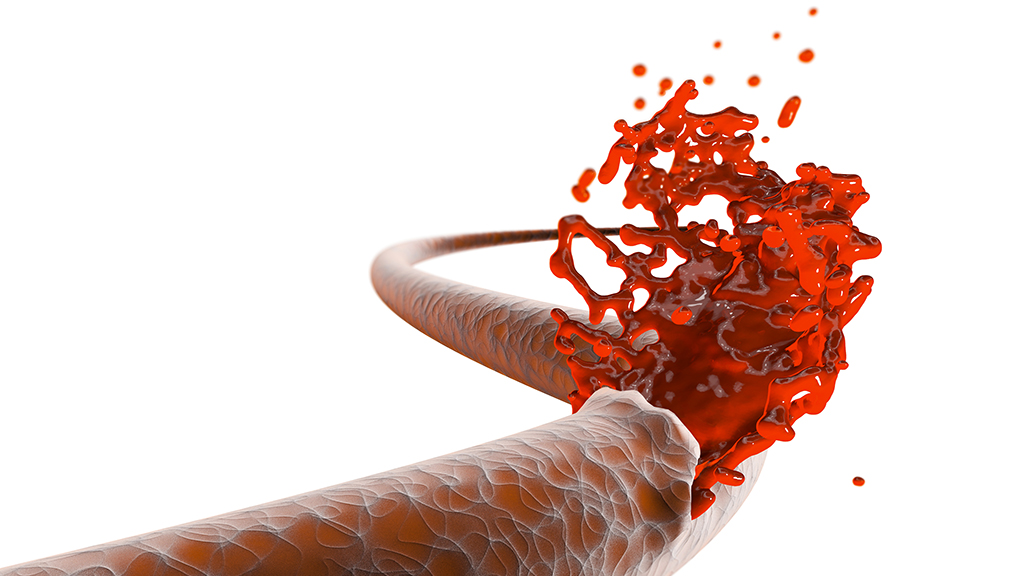Abstract
This interrupted case study tells the true story of Karl P. Schmidt, a herpetologist and museum curator who was bitten by a venomous snake in 1957. Like a true scientist, Schmidt recorded notes about his symptoms until the very end when he died. Students will examine information about his death in order to learn how venom pathways are related to genes, transcription, and translation. By studying venom pathways, students will examine the relationship between natural selection and the genetic and molecular processes responsible for generating the observed diversity in toxin composition and action. The final two sections of the case focus on bioinformatics. Students will explore the fields of genomics, proteomics, and systems biology by analyzing venom proteins using the Basic Local Alignment Search Tool (BLAST). Originally designed for a general biology course for majors, the case is also suitable for a non-majors biology class.



